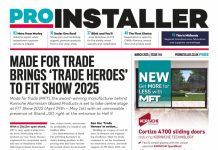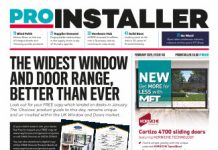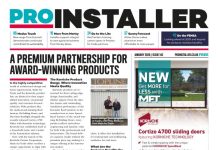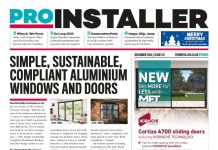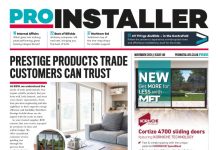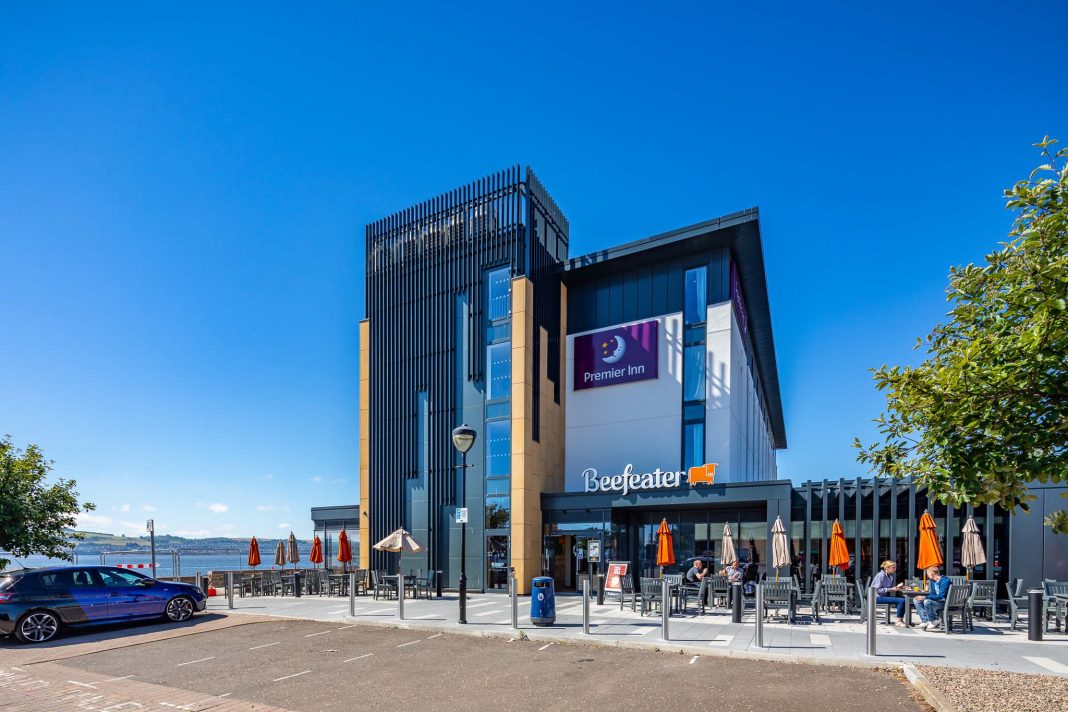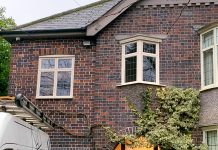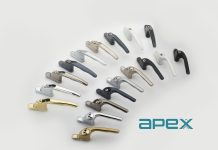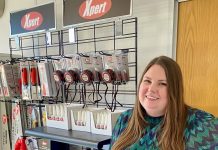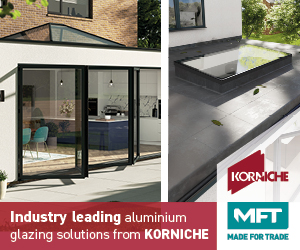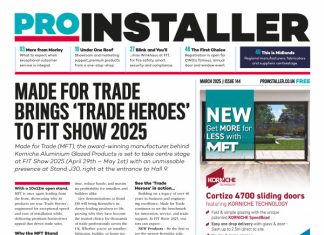By Chris Mansfield – QUALICOAT Chair

As the name suggests, an architectural powder coating to be used in coastal applications, but what does this additional endorsement mean for QUALICOAT licensed applicators?
An architectural powder coating finish relies on its ability to adhere to the aluminium substrate. If there is no ‘key’ to adhere to, as is the case for untreated aluminium, the powder coating is prone to chipping or flaking off in over time. Powder coating is porous at the molecular level and a coating on an untreated aluminium substrate, subject to weathering, will continue to oxidise under the coating. So, no matter the quality or thickness of the powder coating that is applied, it will not offer the anticipated life expectancy. Crucially, a thin ‘conversion coating’ on the base metal, which is part of the pretreatment process, offers the vital seal the metal surface and a key for the powder coating to adhere to.
The surface of extruded fenestration aluminium also carries contaminants from the extrusion process which, if left on the surface of the aluminium, will reduce the performance of the ‘conversation coating’. Removing these contaminants from the extrusion is part of the pretreatment process undertaken by either dipping or spraying an acid or alkaline solution which etches the surface of the aluminium removing a minimum of 1g/sm of aluminium. Without this surface etch potential corrosion could form around the contaminants on the aluminium substrate once coating has been completed. Given that the pretreatment process is undertaken correctly, in accordance with the QUALICOAT Specification, architectural powder coated products will offer an extensive life expectancy in most locations. The pretreatment process is actively monitored by members of the Association and third party inspected by IFO, QUALICOAT UK & Ireland’s independent test house.
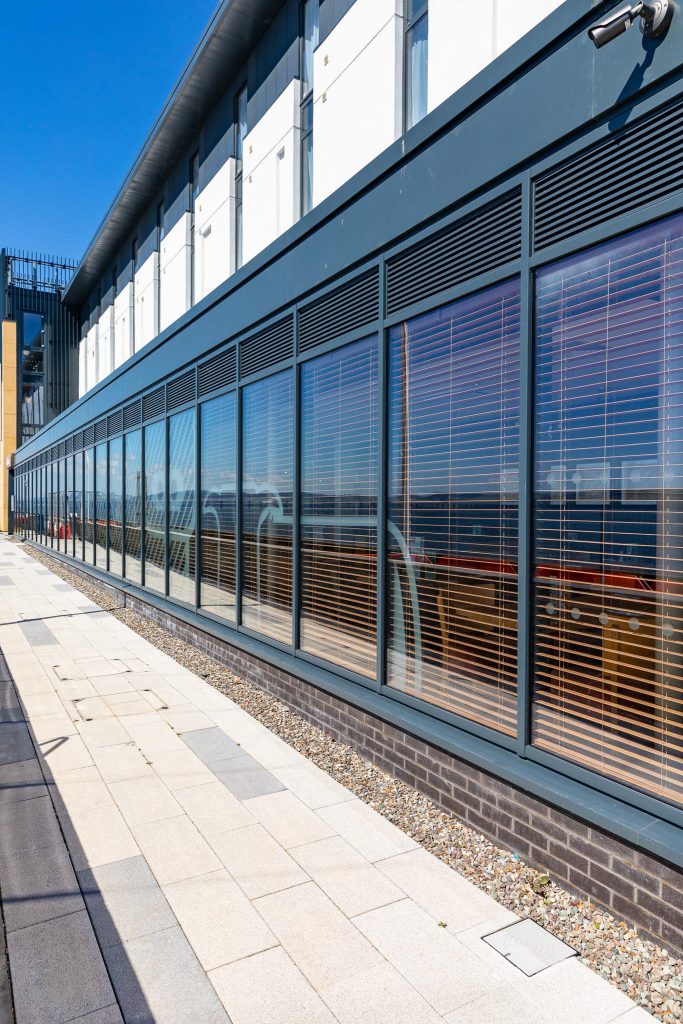
Introduced in 2008, QUALICOAT also offer a ‘Seaside’ class of powder coating where the minimum removal of aluminium surface is increased to 2g/sm using a dip or spray process of either an acid or a combination acid/alkaline etch. This deeper etch removes more contaminants and therefore offers a more robust pretreatment for areas where atmospheres carry corrosive salts (chlorides) and other aggressive pollutants.
QUALICOAT licensed applicators who wish to offer ‘Seaside’ class coatings need to apply for an additional licence. The applicator needs to demonstrate that they can remove the 2g/sm by process and monitoring, plus the applicator must offer a coated ‘Seaside’ sample for an additional filiform corrosion test carried out in the IFO laboratory. Licensed coaters who are licensed to offer ‘Seaside Class’ are clearly identified on the Associations website.
Filiform corrosion is a spider like blistering that creeps under the powder coating and runs along the aluminium grain boundaries. A deeper acid or alkaline etching removes more trace elements from these areas making the grain boundaries more resistant to corrosion. Statistically, with this greater etch of 2g/sm, filiform resistance is increased significantly. The following pretreatment conversion coating can then be applied using any of the QUALICOAT approved systems.
Another method of increasing resistance to filiform corrosion is by using a ‘pre-anodisation’ process, sometimes referred to as PREOX or Flash Anodising. A more expensive pretreatment, this thin anodising film of just 4-8 µm (microns) totally removes all the grain boundaries, so there are no places where filiform corrosion may take hold, consequently the protection rate is statistically increased to 100%. Licensed applicators may now source pre-anodised profiles from other licensed plants so that they may take advantage of the increased level of protection that this process can offer.
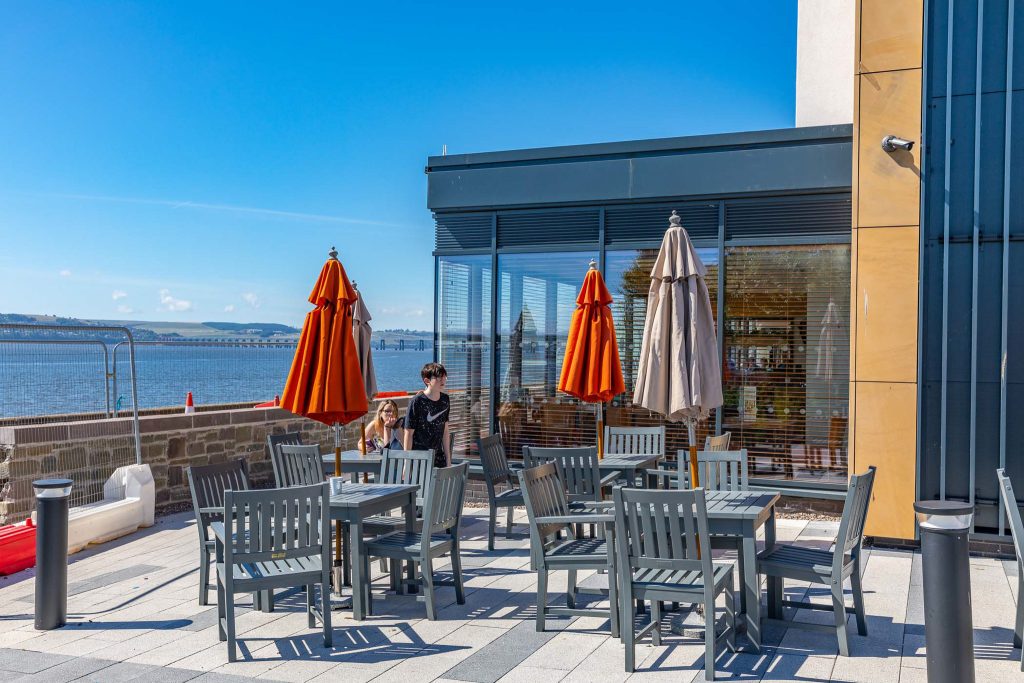
Released in early 2024 QUALICOAT released the Technical Information Sheet No.4, ’Recommendations for Corrosion protection’. This document offers specifiers more detailed guidance on the recommended pretreatment system to specify for various “Corrosivity Categories” according to ISO 18768-1:2022 Table 1 and ISO 9223:2012 Table C.1. Whilst it is still strongly recommended that specifiers continue to seek guidance from a QUALICOAT licensed powder coater or powder manufacturer when specifying finishes, the guide offers an insight as to the levels of protection offered when specifying QUALICOAT architectural powder coating.
These various pretreatments and etch requirements can make it confusing what to specify and this is why the Technical Information Sheet has been produced by the Association to offer advice and guidance to specifiers. The Technical Information Sheet also offers guidance when specifying QUALICOAT 3.0. This specification controls further trace elements in the aluminium that can cause issues, which is often present in recycled aluminium. Controlling the quality of the extruded aluminium therefore offers additional life expectancy of the pretreatment system and the adhesion of the powder coating.
The Technical Information Sheet offers a simple chart that allows specifiers to choose all pretreatment options for a given exposure category. It is freely available to download from the Association website. It is still strongly recommended that guidance is requested from a QUALICOAT licence holder when specifying coatings in harsher environments.
Technically, the QUALICOAT standard is the most robust specification readily available in the UK & Ireland as it specifies minimum etch requirements within the pretreatment process for enhanced ‘Seaside’ applications and includes regular finished powder coated surface laboratory tests for filiform corrosion resistance, something which BS EN 12206-1 does not require.
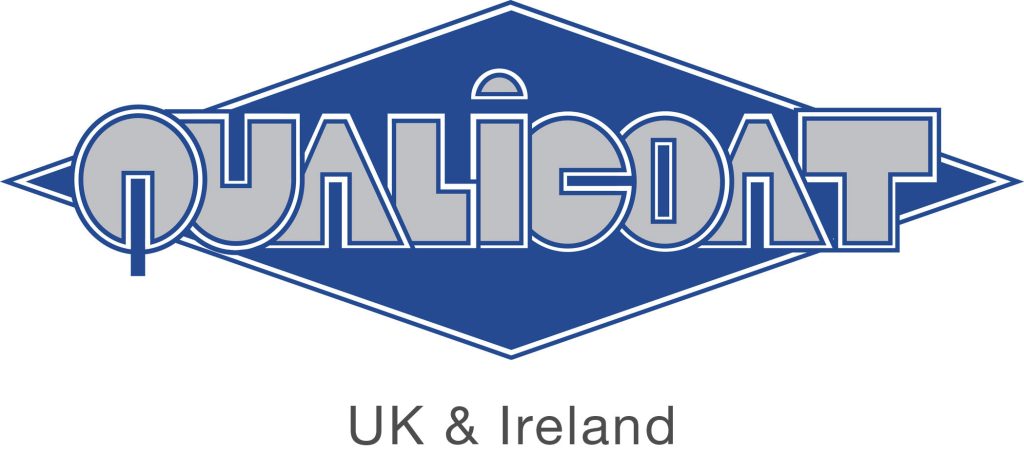
The up-to-date QUALICOAT Specification is freely available for download via the UK & Ireland Association website, qualicoatuki.org and the website offers an up-to-date list of licensed UK and Ireland Powder Suppliers, Pretreatment Suppliers and Applicators including the applicators who carry the Seaside class accreditation. Telephone support is available from QUALICOAT UK & Ireland Head Office in the Midlands on 0330 240 9735, the Association can also be followed on Twitter @Qualicoatuki or on LinkedIn www.linkedin.com/company/qualicoat-uk-&-ireland.


